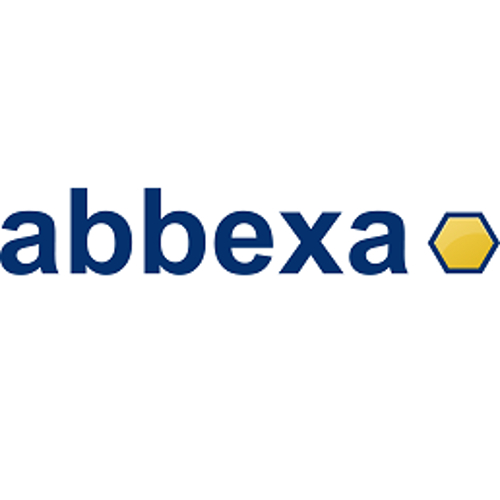Apolipoprotein C3 / FITC /
Product Details
| Description | Apolipoprotein C-III Antibody (FITC) is a Rabbit Primary antibodies antibody against Apolipoprotein C-III conjugated to FITC. | |
|---|---|---|
| Conjugate | FITC | |
| Clone | ||
| Target Species | Human | |
| Applications | ELISA, WB | |
| Supplier | Abbexa | |
| Catalog # | Sign in to view product details, citations, and spectra | |
| Size | ||
| Price | ||
| Antigen | ||
| Host | ||
| Isotype |
About Apolipoprotein C3
This gene encodes a protein component of triglyceride (TG)-rich lipoproteins (TRLs) including very low density lipoproteins (VLDL), high density lipoproteins (HDL) and chylomicrons. The encoded protein plays a role in role in the metabolism of these TRLs through multiple modes. This protein has been shown to promote the secretion of VLDL1, inhibit lipoprotein lipase enzyme activity, and delay catabolism of TRL remnants. Mutations in this gene are associated with low plasma triglyceride levels and reduced risk of ischemic cardiovascular disease, and hyperalphalipoproteinemia, which is characterized by elevated levels of high density lipoprotein (HDL) and HDL cholesterol in human patients. This gene and other related genes comprise an apolipoprotein gene cluster on chromosome 11. [provided by RefSeq, Sep 2017]
This gene encodes a protein component of triglyceride (TG)-rich lipoproteins (TRLs) including very low density lipoproteins (VLDL), high density lipoproteins (HDL) and chylomicrons. The encoded protein plays a role in role in the metabolism of these TRLs through multiple modes. This protein has been shown to promote the secretion of VLDL1, inhibit lipoprotein lipase enzyme activity, and delay catabolism of TRL remnants. Mutations in this gene are associated with low plasma triglyceride levels and reduced risk of ischemic cardiovascular disease, and hyperalphalipoproteinemia, which is characterized by elevated levels of high density lipoprotein (HDL) and HDL cholesterol in human patients. This gene and other related genes comprise an apolipoprotein gene cluster on chromosome 11. [provided by RefSeq, Sep 2017]
About FITC
Fluorescein isothiocyanate (FITC) has an excitation peak at 495 nm and an emission peak at 519 nm. The name FITC is a misnomer in that the isothiocyanate is a reactive form of this dye. Once FITC is conjugated to an antibody, it is simply Fluorescein conjugated. FITC is one of the most widely used dyes for fluorescent applications, therefore most instruments come standard with a 488 nm laser and FITC filter set up. FITC is commonly conjugated to secondary antibodies and used in applications such as flow cytometry, immunocytochemistry, and immunohistochemistry. FITC is relatively dim, sensitive to photobleaching and it is susceptible to changes is pH. There are better performing alternatives to FITC, like Vio®Bright 515, Alexa Fluor™ 488, iFluor® 488, CF®488A and DY-488. FITC is a long-time generic dye with no sole manufacturer or trademark.
Fluorescein isothiocyanate (FITC) has an excitation peak at 495 nm and an emission peak at 519 nm. The name FITC is a misnomer in that the isothiocyanate is a reactive form of this dye. Once FITC is conjugated to an antibody, it is simply Fluorescein conjugated. FITC is one of the most widely used dyes for fluorescent applications, therefore most instruments come standard with a 488 nm laser and FITC filter set up. FITC is commonly conjugated to secondary antibodies and used in applications such as flow cytometry, immunocytochemistry, and immunohistochemistry. FITC is relatively dim, sensitive to photobleaching and it is susceptible to changes is pH. There are better performing alternatives to FITC, like Vio®Bright 515, Alexa Fluor™ 488, iFluor® 488, CF®488A and DY-488. FITC is a long-time generic dye with no sole manufacturer or trademark.
Experiment Design Tools
Panel Builders
Looking to design a Microscopy or Flow Cytometry experiment?
Validation References
Reviews & Ratings
| Reviews |
|---|
Looking for more options?
291 Apolipoprotein C3 antibodies from over 17 suppliers available with over 24 conjugates.





